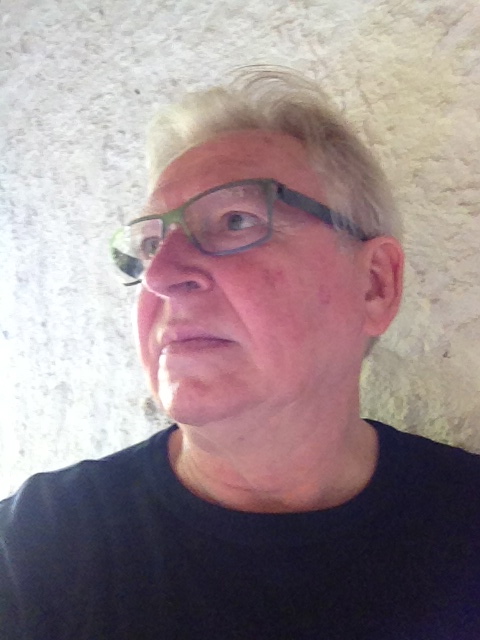Keynote 5: Daniel Deshays
École Nationale Supérieure des Arts et Techniques du Théâtre, Lyon
Friday, October 18th - 09:00
Video recorded and edited by Olivier Derrien.
Download the text of Daniel Deshays conference (pdf 160.4 Ko)
 Daniel DESHAYS was born in 1950. He is both a sound engineer and a sound director. He got a Bachelor diploma in Bacteriology in 1970 at École Nationale de Chimie de Paris,
a degree in Études de théâtre, musique, cinéma & philosophie, a MA « Musique, implications théâtrales » in 1975 and a Master of Advanced Studies « Le théâtre musical de Mauricio Kagel »
in 1978 both at Paris 8 University. He is the head of the Sound Department at ENSATT (École Nationale Supérieure des Arts et Techniques du Théâtre) in Lyon, France
and a Research Fellow at CNRS‐ARIAS (Atelier de recherche sur l’intermédialité et les arts du spectacle, UMR 7172). Since 1974, Daniel Deshays has conceived,
produced and directed around 50 soundtracks for films, around 40 sound creations for theatre, diverse sound development for TV, dance, art exhibitions,
more than 250 albums in studio recordings, and several site‐specific installations. He published 15 expert articles and 3 books on the art of sound.
Daniel DESHAYS was born in 1950. He is both a sound engineer and a sound director. He got a Bachelor diploma in Bacteriology in 1970 at École Nationale de Chimie de Paris,
a degree in Études de théâtre, musique, cinéma & philosophie, a MA « Musique, implications théâtrales » in 1975 and a Master of Advanced Studies « Le théâtre musical de Mauricio Kagel »
in 1978 both at Paris 8 University. He is the head of the Sound Department at ENSATT (École Nationale Supérieure des Arts et Techniques du Théâtre) in Lyon, France
and a Research Fellow at CNRS‐ARIAS (Atelier de recherche sur l’intermédialité et les arts du spectacle, UMR 7172). Since 1974, Daniel Deshays has conceived,
produced and directed around 50 soundtracks for films, around 40 sound creations for theatre, diverse sound development for TV, dance, art exhibitions,
more than 250 albums in studio recordings, and several site‐specific installations. He published 15 expert articles and 3 books on the art of sound.
Gesture and Sound
Being proof of an action the sound that is generated by a bodily gesture holds in it the intentions that were an essential condition of it being produced. The nature of the sound of a set down object takes into account the intention that preceded and accompanies the gesture: violence, for instance, or clumsiness. What one perceives and what carries meaning are these basic intentions that are transported in the sounds. They are, as in the timbre of the voice, interpreters of a hidden meaning that the listener divines. These givens are at the heart of sound.Yet the desire to listen is born out of surprise, which in turn originates with sudden breaks and depends for its existence on conditions of discontinuity. It is the discontinuity in movements which captures our attention, and this rupture which triggers our need to understand what has just occurred. This is precisely one of the driving forces behind reactivating our listening.
Furthermore, what is important in listening is not what is defined but rather what is uncertain. It is the degree of uncertainty which is listened to. Our listening is constructed in proportion to its incomplete state. If what is offered is excessive, it will arouse only fleeting interest. Any element perceived and understood is immediately abandoned to enable our “survival instinct” to be available to control the next new event that will inevitably arise. Listening opts first of all for what is suggested rather than what is offered. All this naturally corresponds to safeguarding our libido, and indeed, how could it be otherwise? We know that what we are too sure of having is no longer desired and quickly abandoned.
Webpages
http://deshays.net/Deshays.Net/Facade.htmlhttp://www.ensatt.fr/
Video Downloads
High-Definition 1280 x 720
Quicktime video (3.17 Go)Low Definition 560 x 320
Quicktime video (139.5 Mo)MP4 video (138.6 Mo)
Ogg video (348.1 Mo)